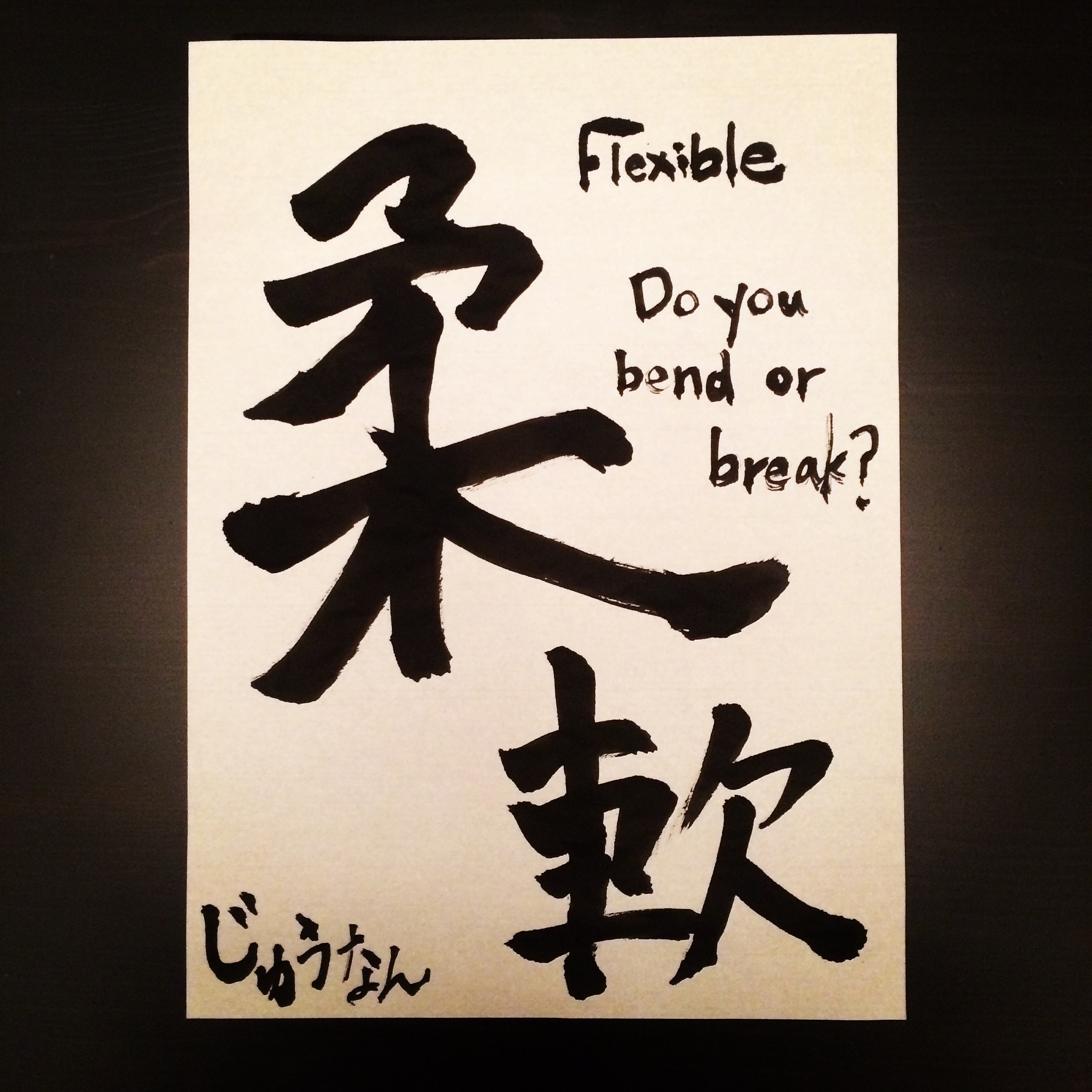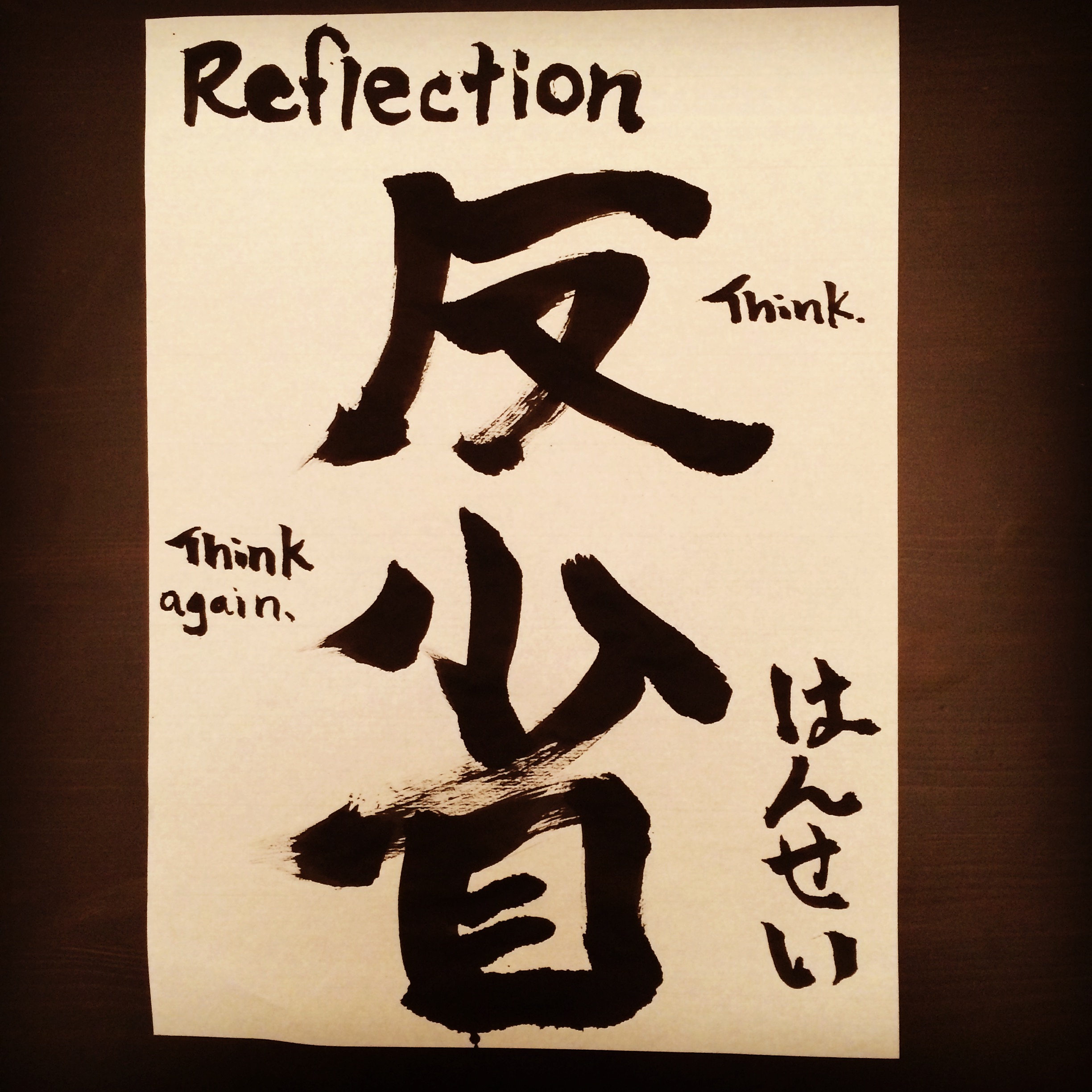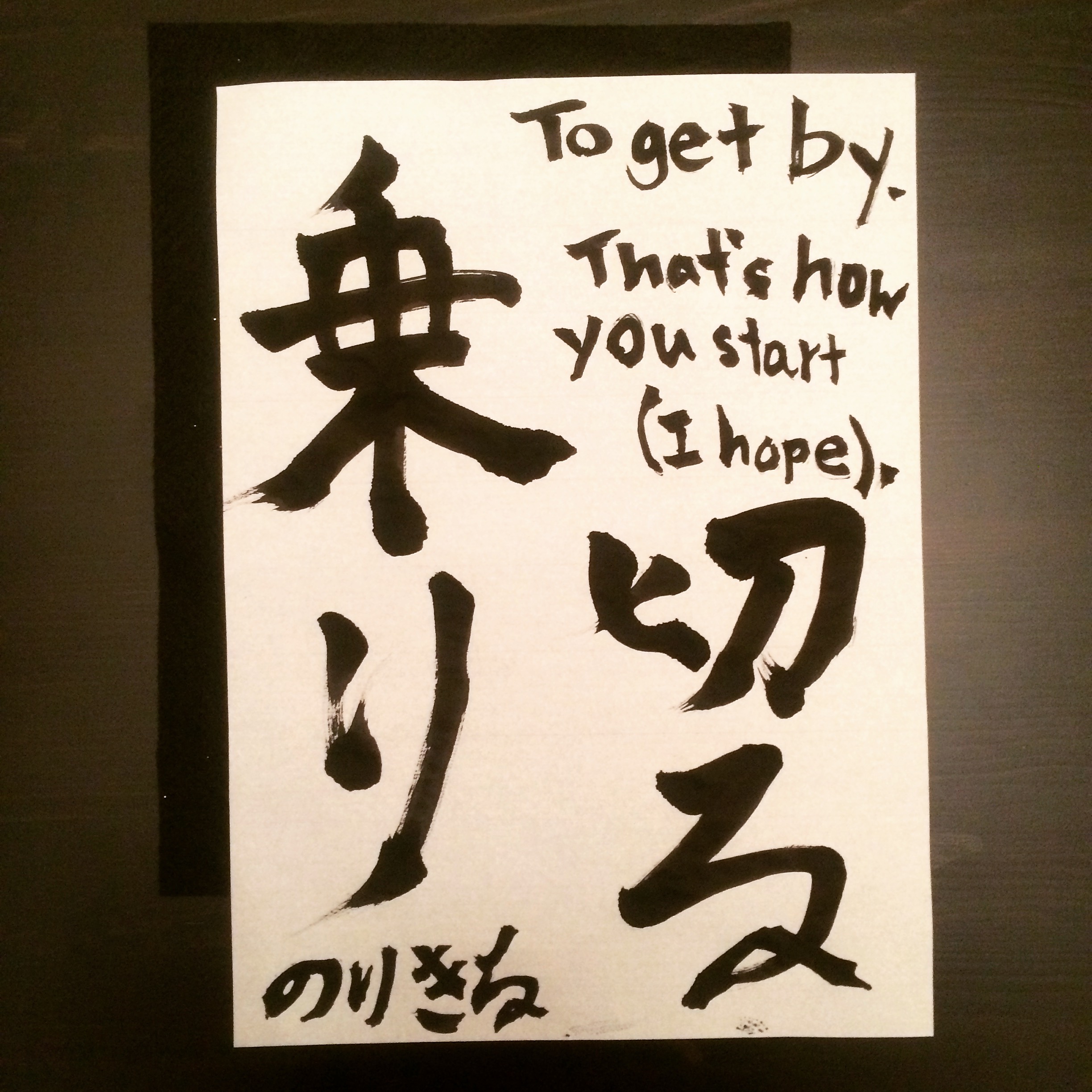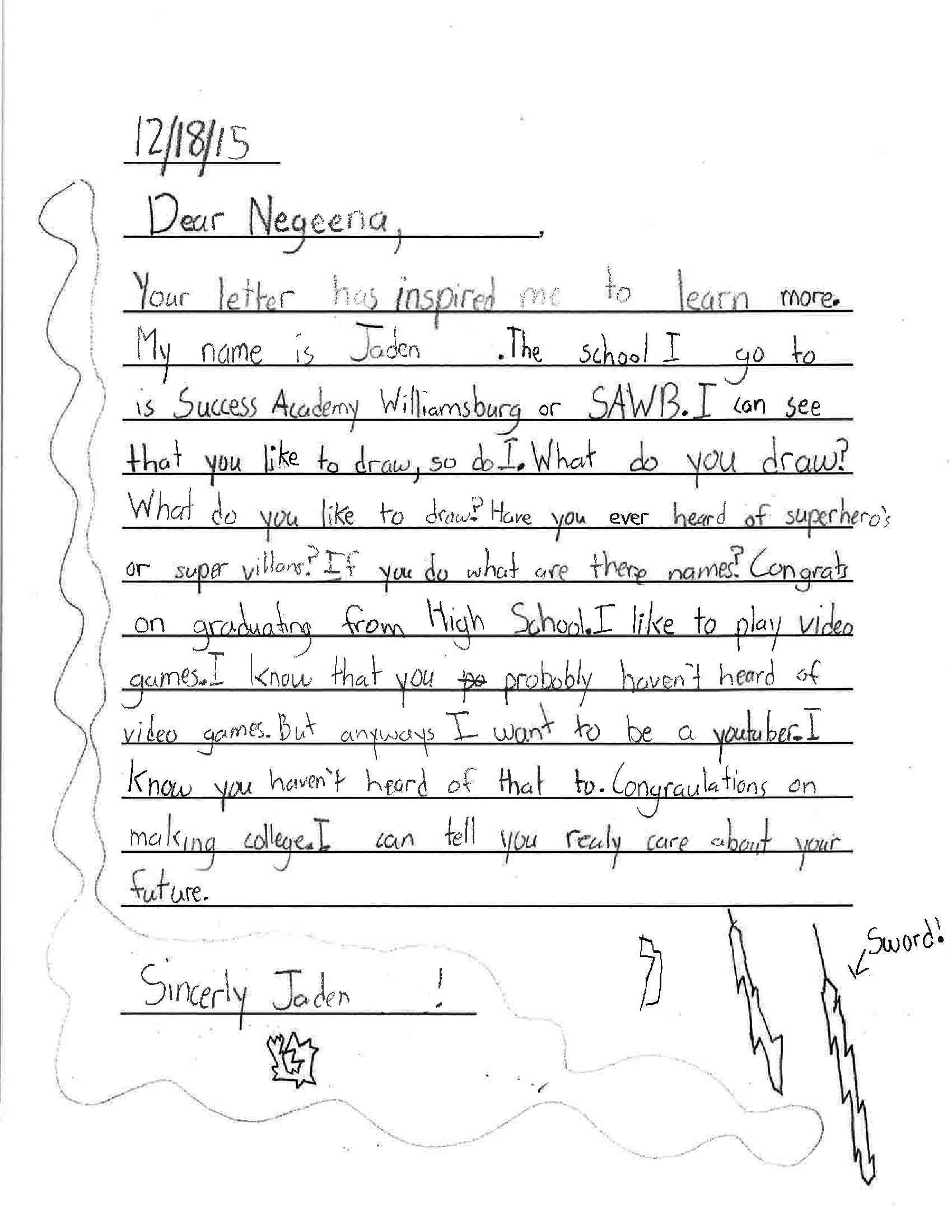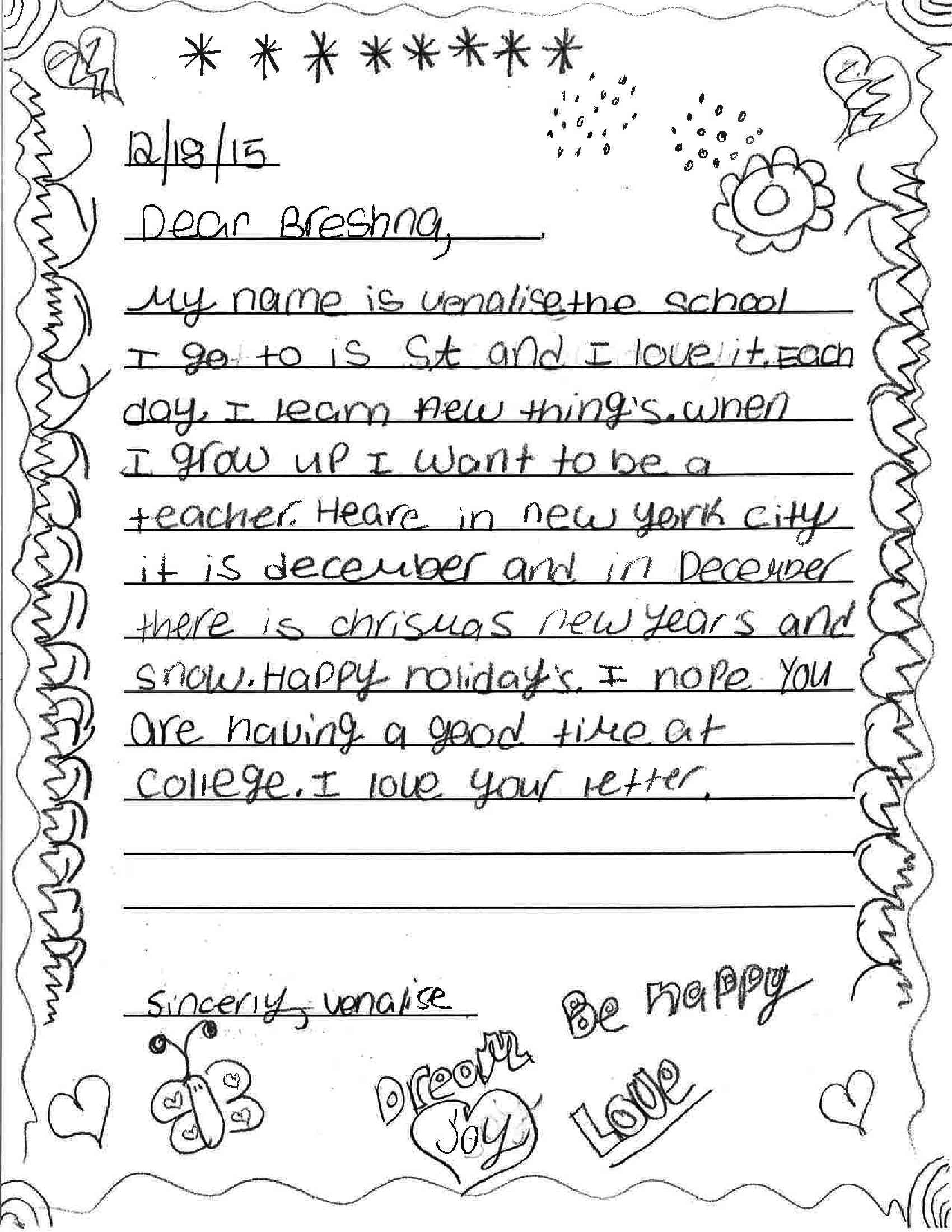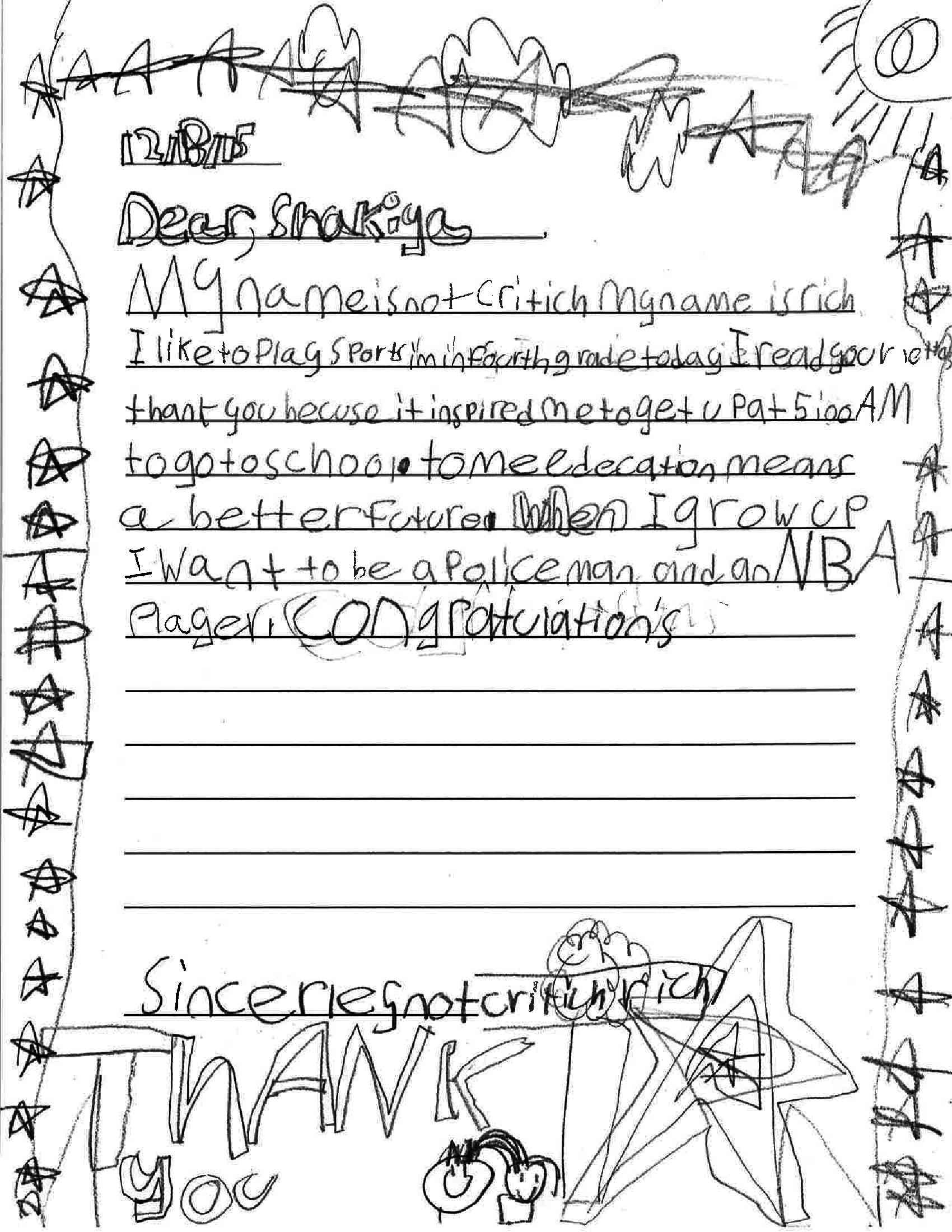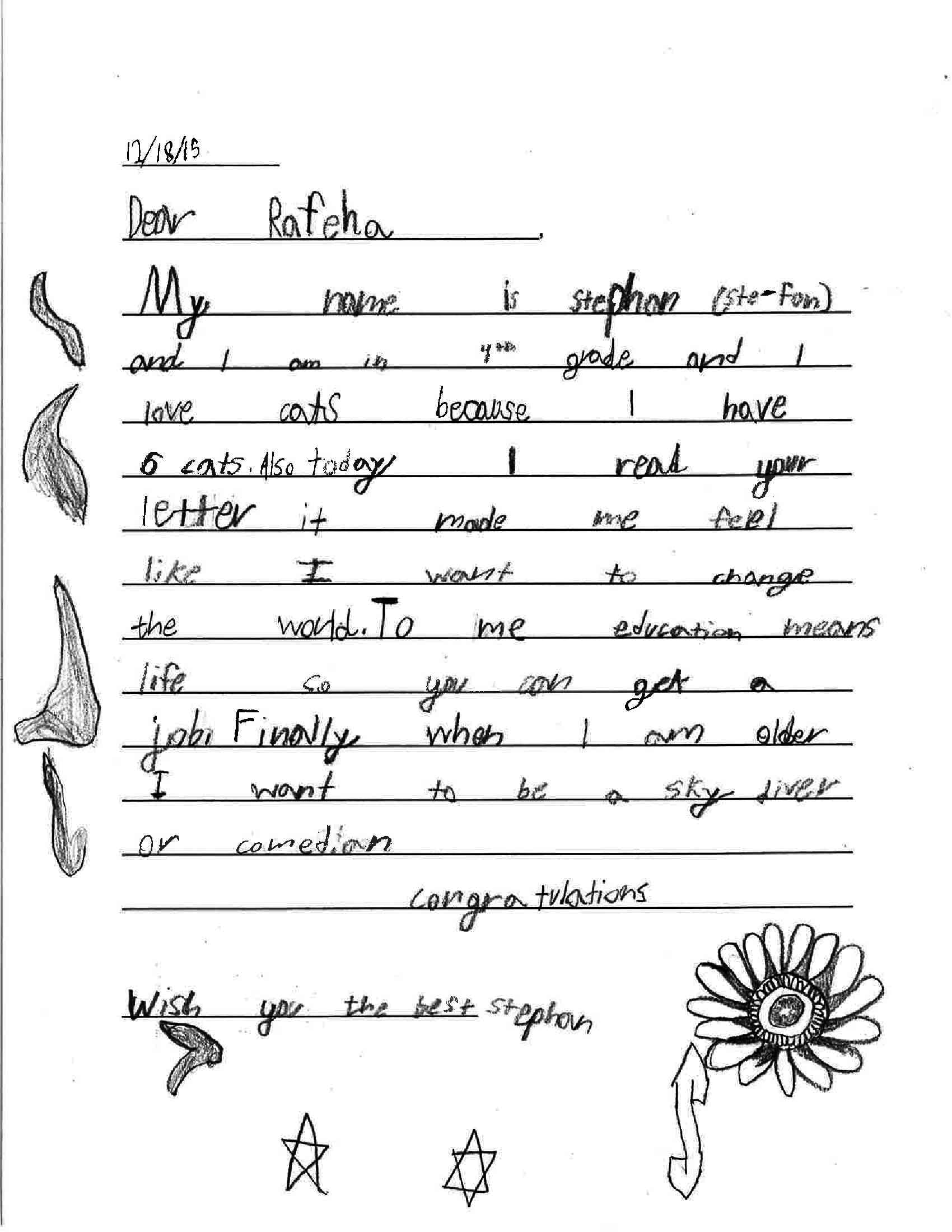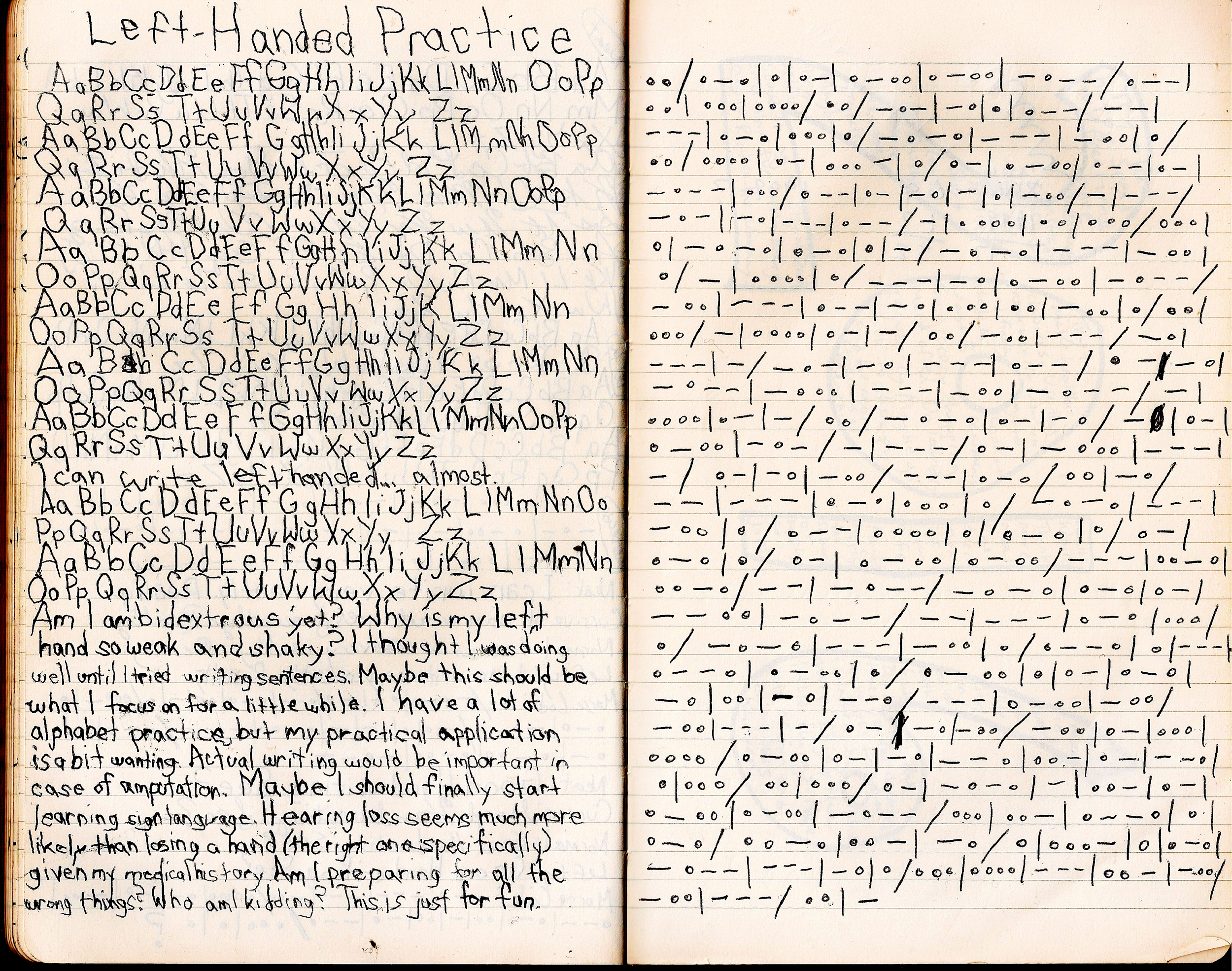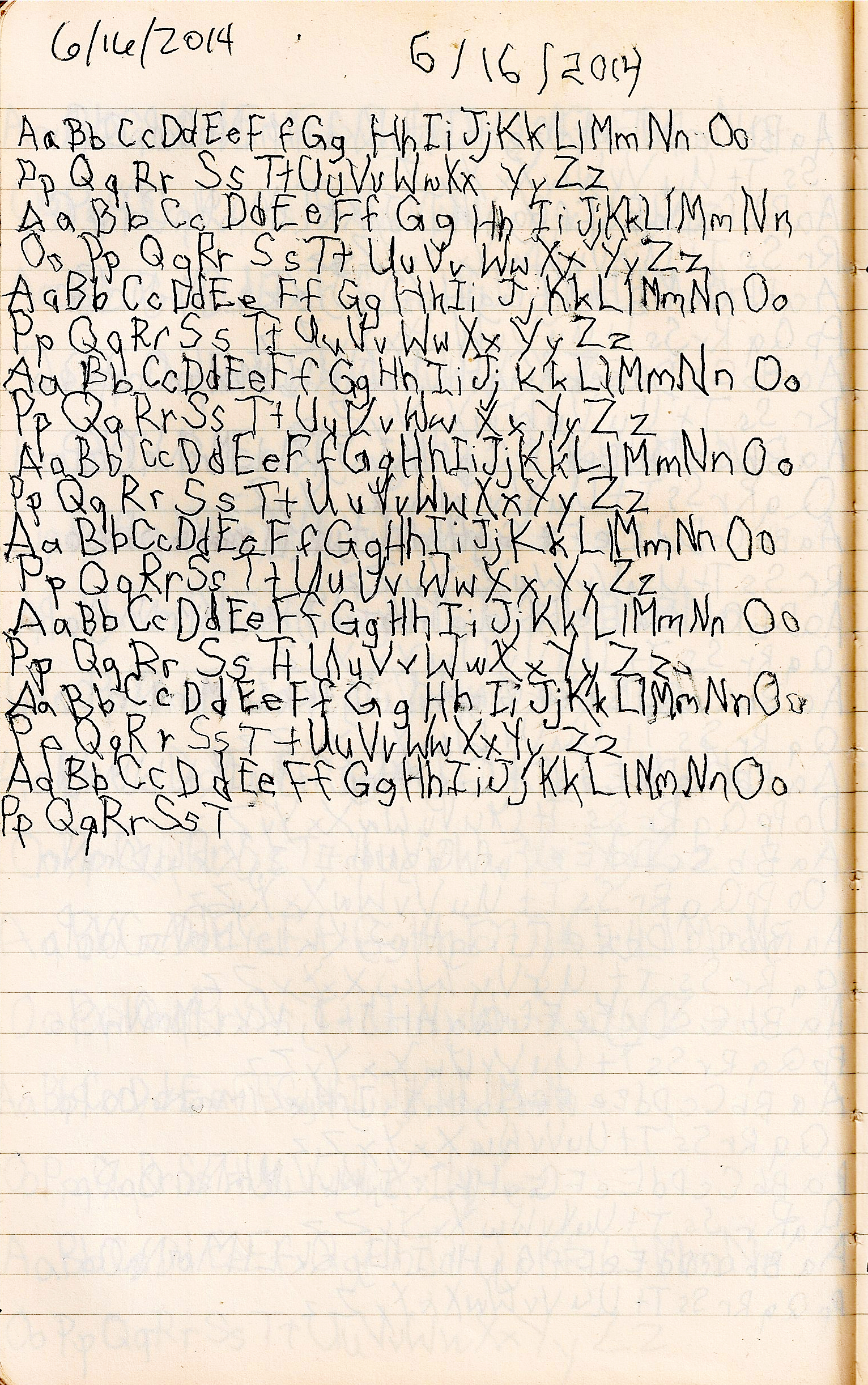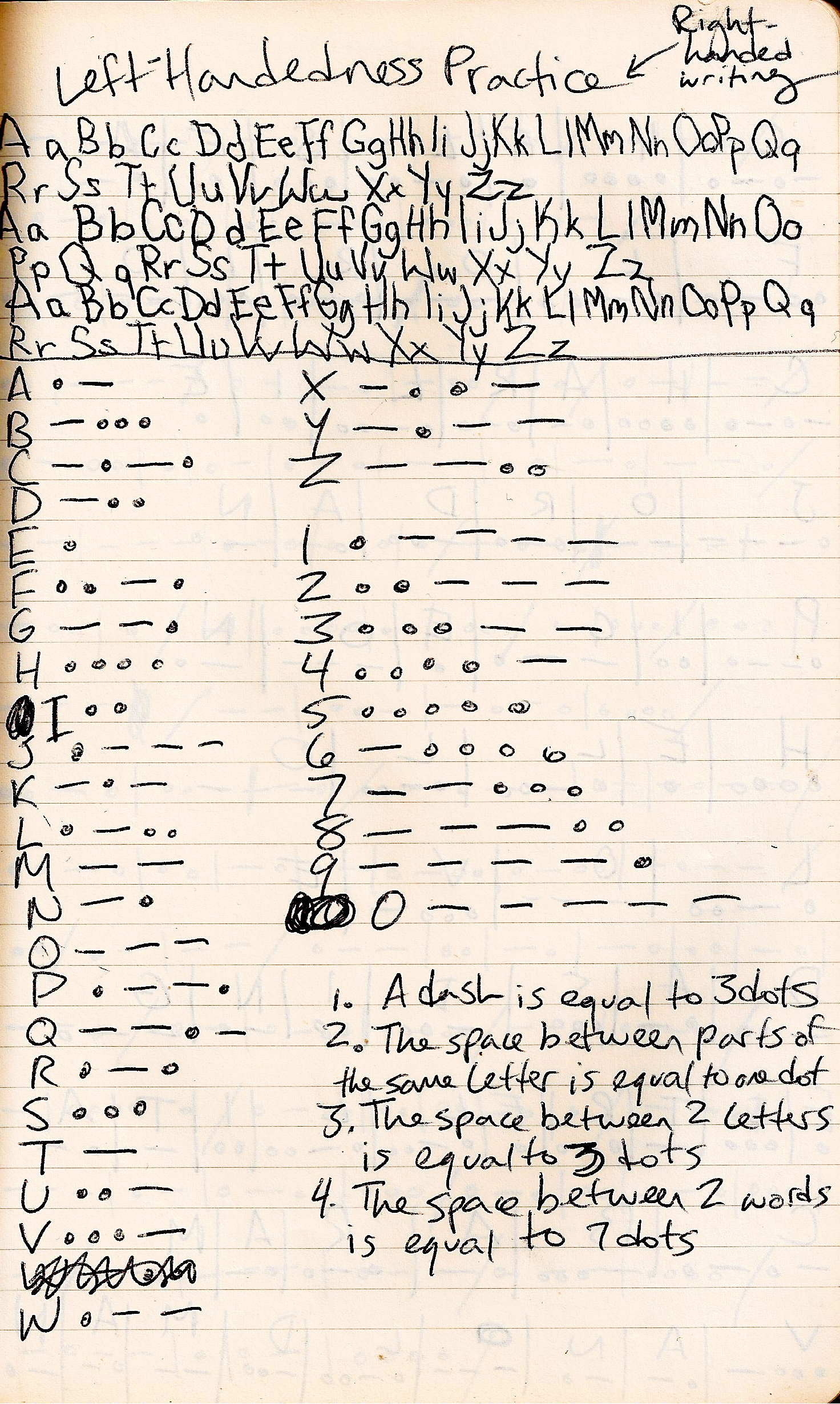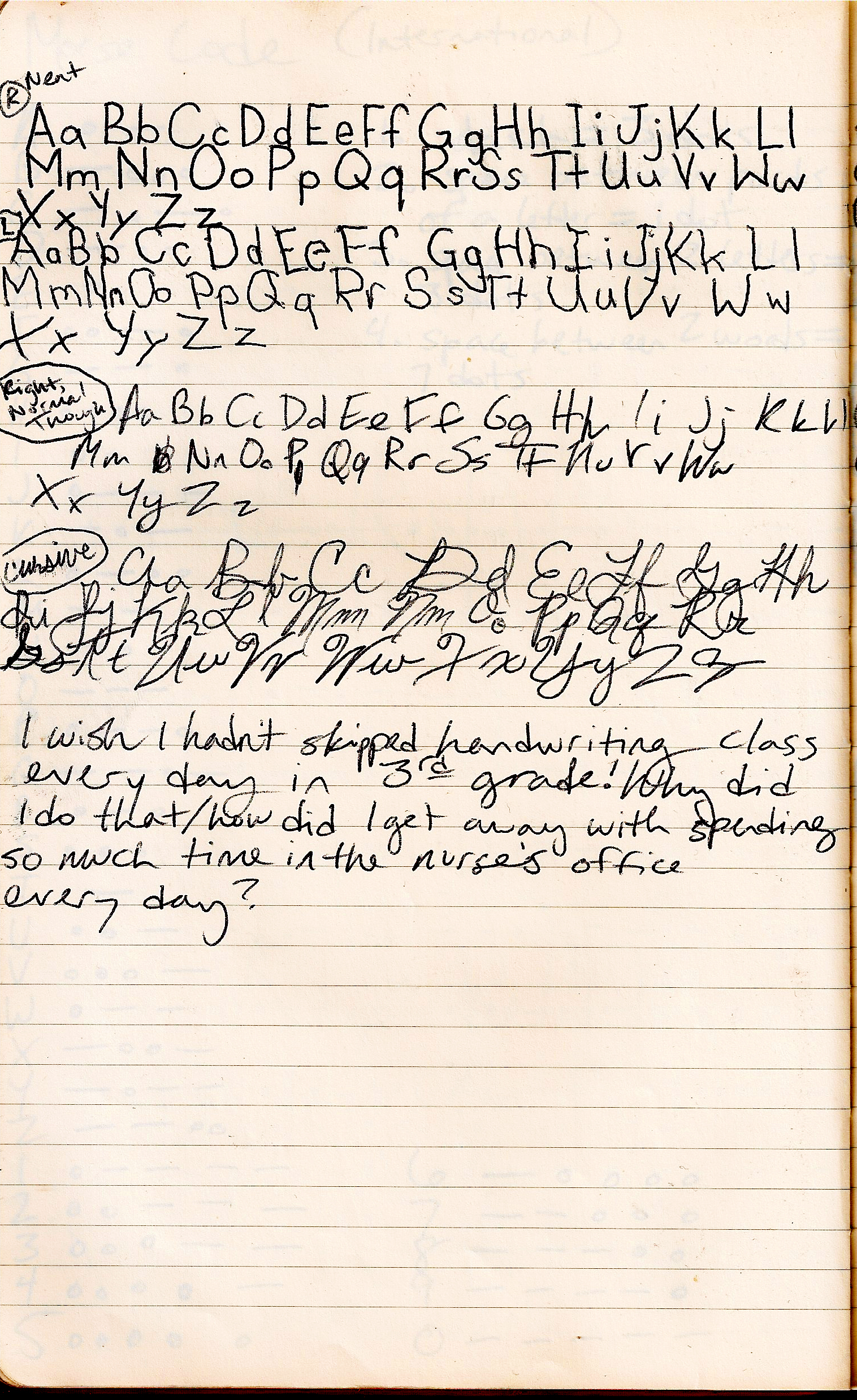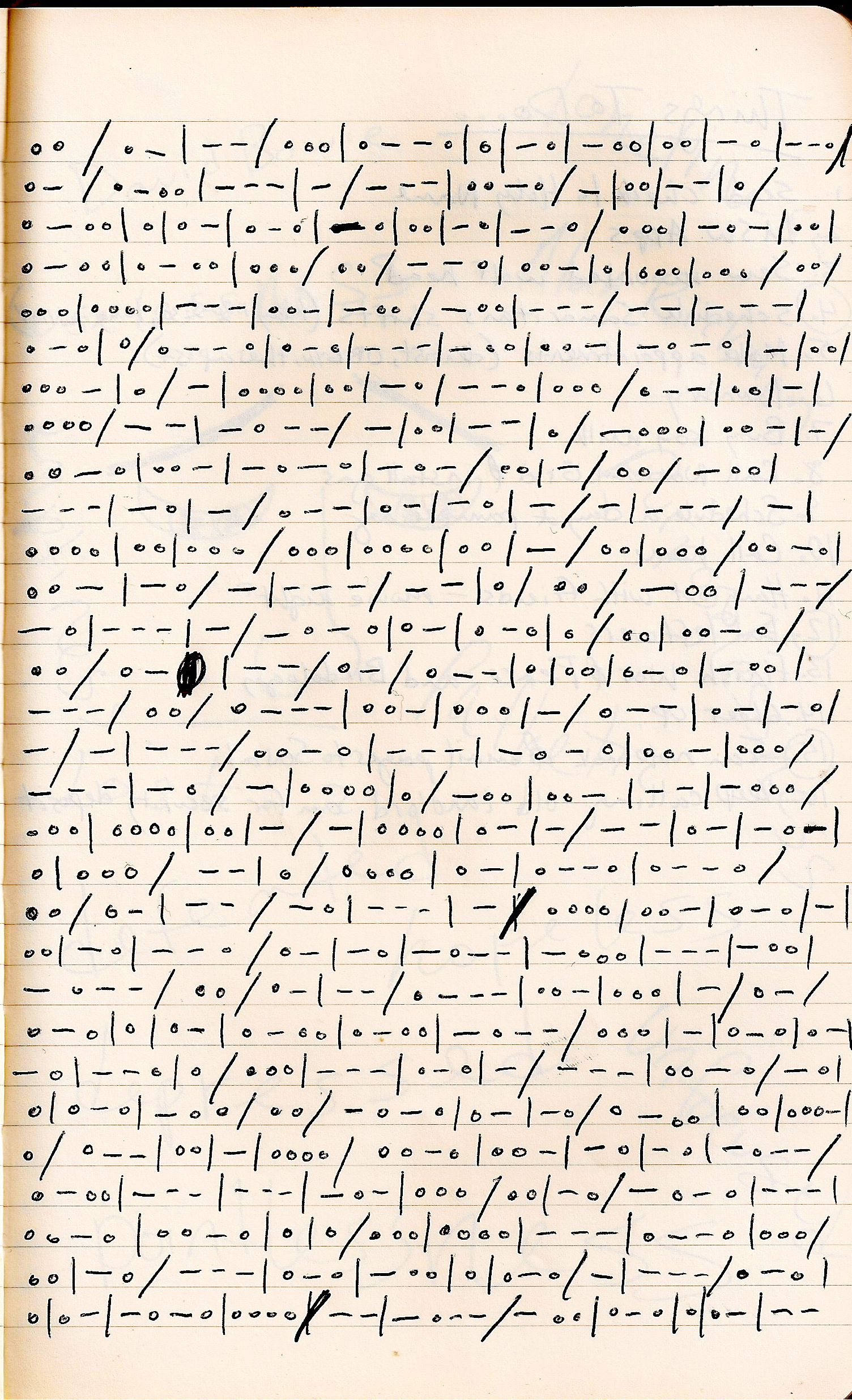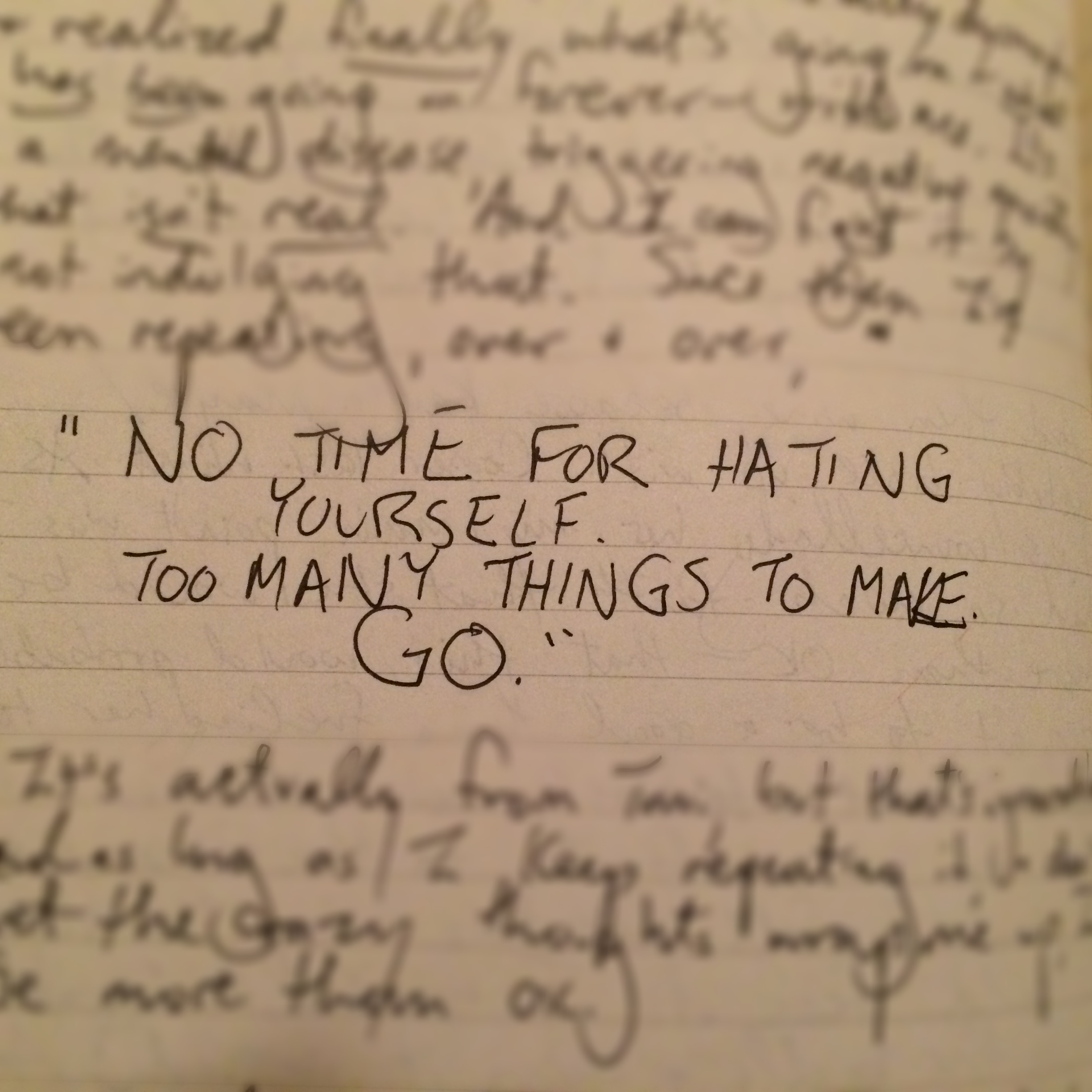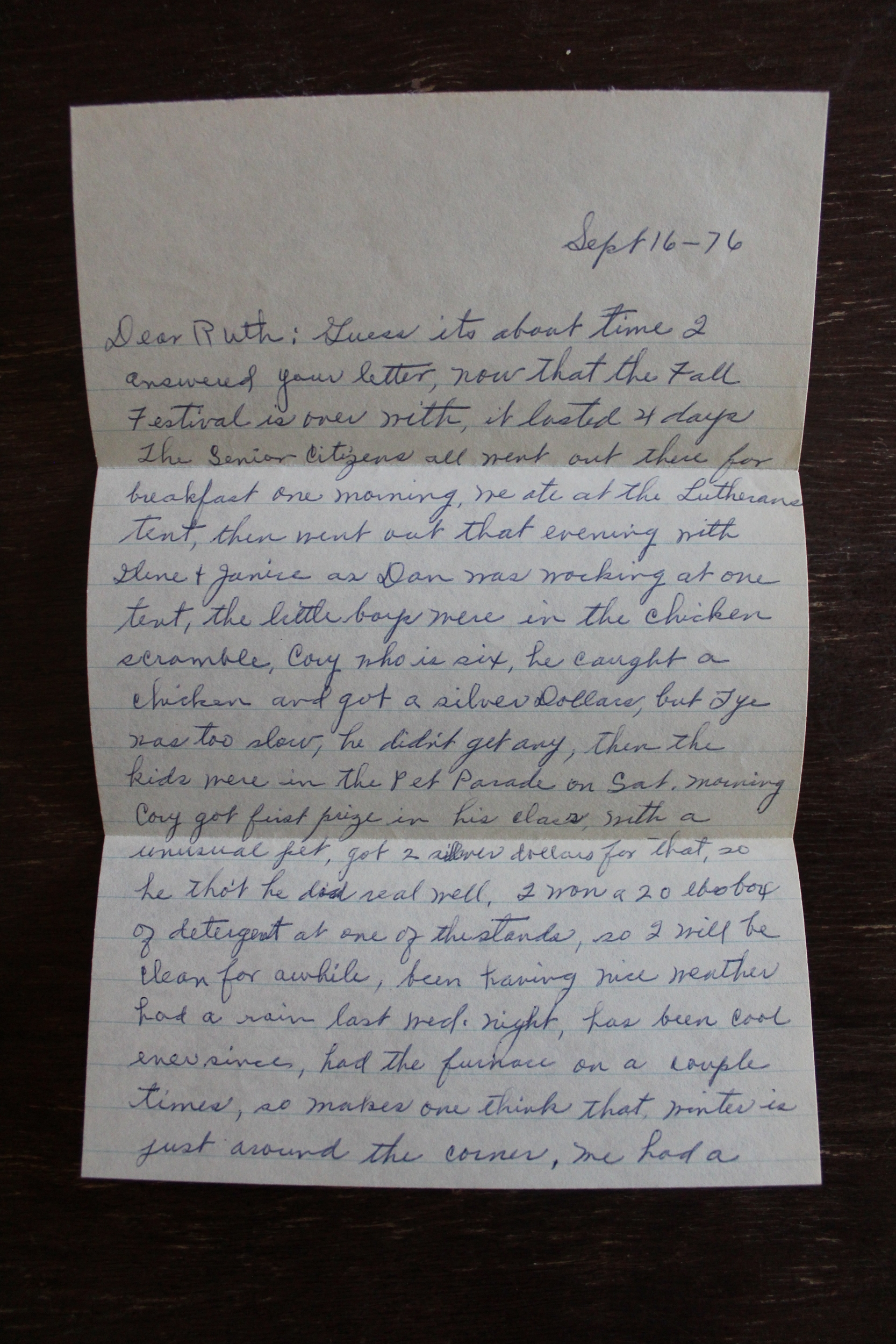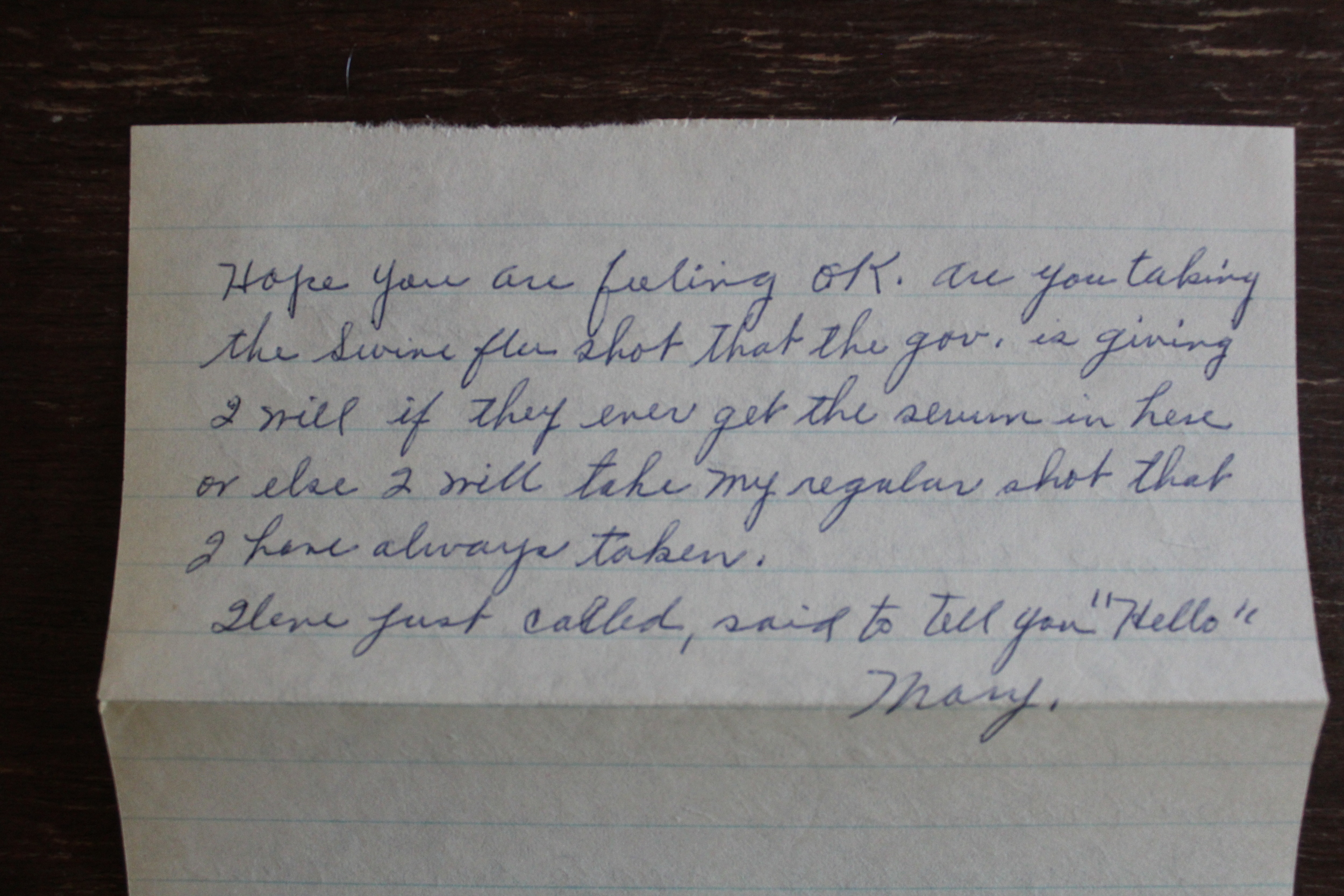He Just Smiled, Said Hello, and Went On His Way • Lora Ackermann
Bretty Rawson
BY LORA ACKERMANN
While searching for any of the many examples of handwritten cards and notes from my family, I came across a journal of mine. This is an incredibly special journal, entirely handwritten, spanning from my first of what would eventually be four ovarian surgeries (over the course of many years) in August of 1992, through the death of my maternal grandmother in March of 1995, her husband, my grandfather in May of 1995, and ending with my soon-to-be wedding in October of 1995. These pages hold such a roller coaster of euphoria and pain. So many entries that touch my heart, soul, and spirit, drawing memories from places long forgotten to the routines of daily life. So many memories bringing new pains of loss and journeyed paths now closed.
There truly is something to say about the handwritten page. There’s a certain comfort, a warmth, as though the lines are reaching forward, surrounding me in a hug, and drawing me in. As I re-read some of these entries, I can detect, in the formation of the letters, the slant of the words, the stains on the pages, changes in mood, emotion, stress level, time management, and so many other delicate strands that make up these layered memories; delicacies that would be but lost in simplified print. The handwriting, like the musical score of a movie, tells its very own story; separate from the worded memories they so eagerly record.
Even after reading these pieces of my life from those years, pieces that now seem centuries away from reality, the entry on those first pages still strikes me the most. I had only been home from my first major surgery at age 20 for a day or two. Having received the good news that what was thought to be ovarian cancer wasn’t, I was free to heal and live my life in gratitude. I had a renewed sense of awe and appreciation for the little things life tended to toss haphazardly in my path and it showed in this entry.
August 29, 1992
…..I just returned from a walk around the block—oh what memories lie in some of the houses around here—not just my own. I can look at Elizabeth’s house, or Suzy’s house, or LouAnne’s, and still see inside, 12-13 years ago….’youngins’ they’d call us. I see Liz and myself in her room, making stickers w/ double-sided tape—we made them out of just about anything—wrapping paper, pictures, things we’d colored, etc.
I see Suzy and I in her room—so pink—pink carpet, bedspread, walls, bright pink, light pink—if ever there was a pink room it was Suzy’s. I see the laundry chute and the poster of ‘Frank Poncherello’ from the TV show, “CHIPS” above her bed. (We had a crush on him, though I liked his partner better.) I see Suzy & I sitting on the floor in her ‘play room’ eating Fruitloops from the box and watching “Emergency 911” (or something like that)—she always said that one of the men was her daddy—They did look alike and for a while I believed her, too!
I see LouAnne & I in her room playing w/Barbie dolls—she had a loft bed with a yellow carpet underneath.
I also see inside another house down the street; a brown house next to the Woolsey’s and an elderly woman who used to live there alone. Unfortunately, I don’t remember her name—I wish I did. She used to read to me and she helped teach me to read so that when I was old enough—so to speak, I often read books to her. She was a very kind woman. I wonder how she faired after she moved. I was too young to remember why she moved—family reasons I suppose. I missed her for quite some time. I think sometimes I still do. Perhaps.
I find that at times I even miss ‘Joe.’ ‘Joe’ was a man who ever since I could remember walked every day. Twice a day he passed our house. ‘Joe’ wasn’t his real name. I don’t know what it is actually. ‘Joe’ was a friendly man who always had a wonderful smile to give any passerby—anyone at all. I think he had a stroke or heart attack. I think he may still be alive, but he doesn’t walk around here anymore. Perhaps he moved; perhaps he just doesn’t walk anymore. ‘Joe’ never corrected us in regard to his name—he just smiled, said hello, & went on his way—leaving smiles on our faces for a long time after. I really did think his name was ‘Joe’ until I was about 15 or 16 when Mom told us differently. She told us his real name, but I still call him ‘Joe.’ Perhaps it’s ‘Joe’ that I owe, in part, my smiling fetish to. Perhaps.
Even typing up these words—such layered memories; memories of people who touched my life, beneath memories of writing the entry itself, beneath those of healing, speaking volumes in the spaces between the letters, the lines between the lines; you know the ones—the ones that speak to our hearts, pulling in our soul’s deepest comforts, the ones that can dry a dampened spirit or bring light to the darkest corners. Yes, so many layers that can only be fully appreciated to the depths they desire in their original, handwritten form.
Today, I journal, too. Sometimes I type. Other times I dictate. But many a time, I pick up my pen, one of the many paper journals my amazing friends have gifted me recently, find a quiet space all my own, and, even for just a few blessed moments, I disappear into the notes of the score, the layers of the letters, the spaces between the words and lines, and the hidden pleasures and soul-soothing rhythms found only when pen, from hand to page, journeys forth.















